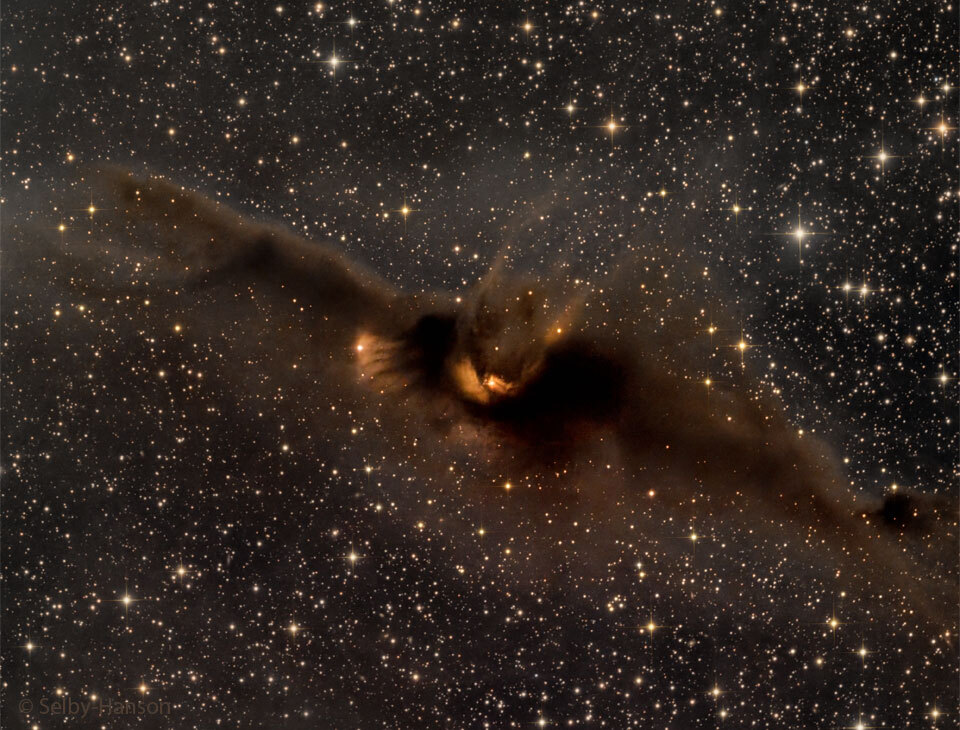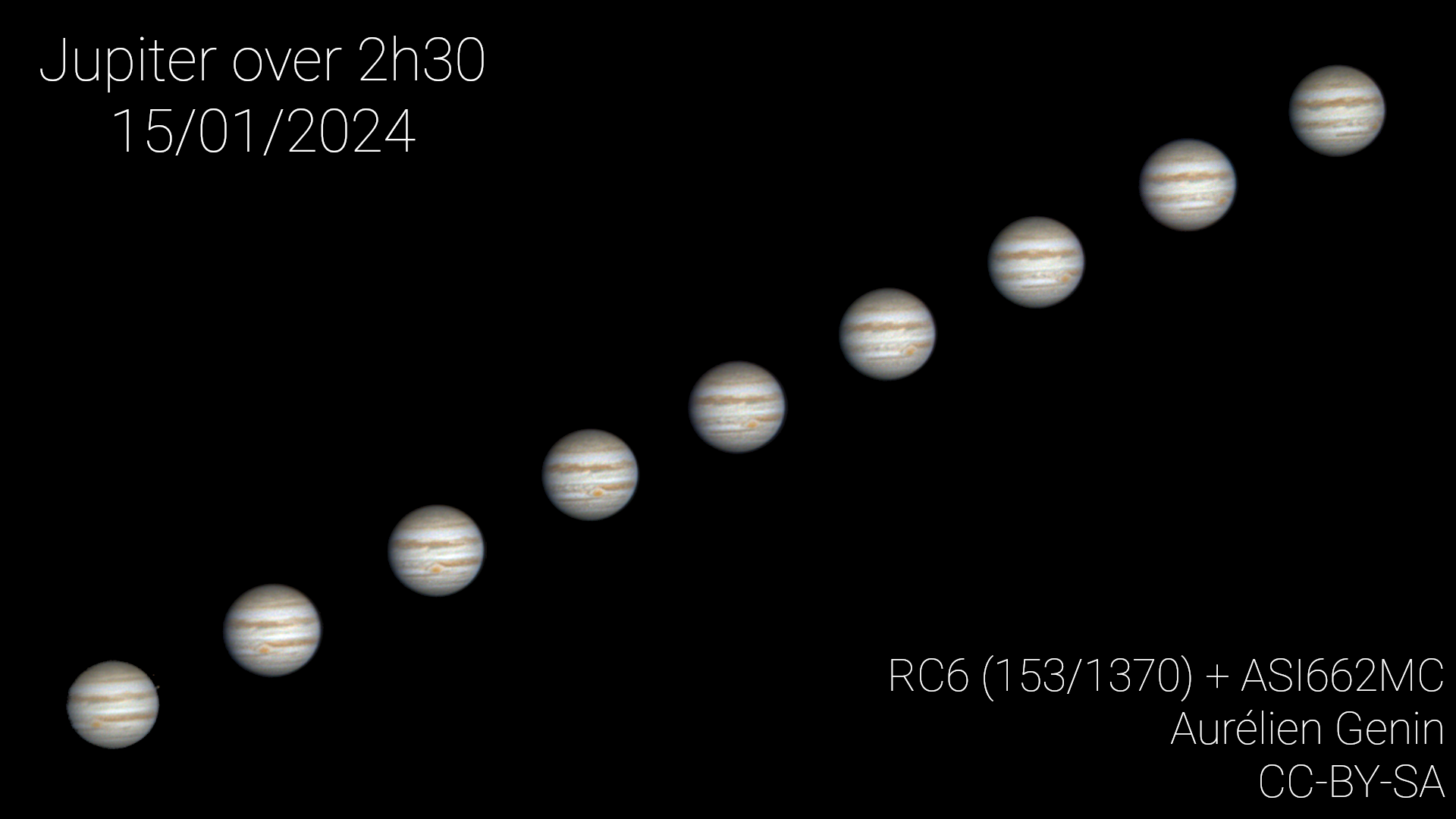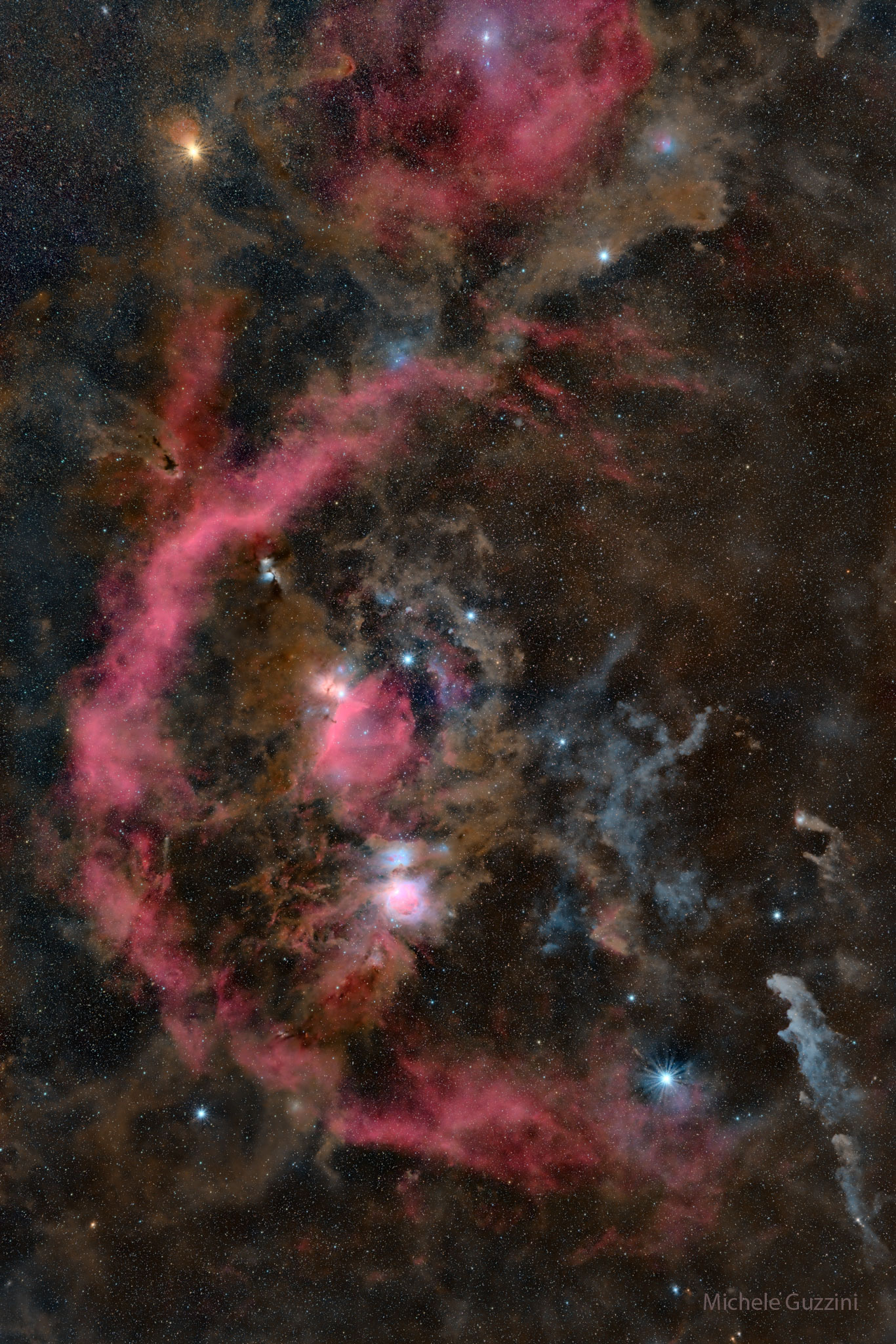276
277
278
279
9
IXPE investigates microquasar jets, finds unexpected magnetic field structure - NASASpaceFlight.com
(www.nasaspaceflight.com)
280
281
282
23
Scientists discover near-Earth asteroid hours before it exploded over Berlin
(www.livescience.com)
283
284
285
286
16
Clashing Cosmic Numbers Challenge Our Best Theory of the Universe | Quanta Magazine
(www.quantamagazine.org)
287
288
289
290
291
292
293
294
295
296
86
James Webb telescope discovers the oldest, most distant black hole in the universe
(www.livescience.com)
297
298
19
299
300


